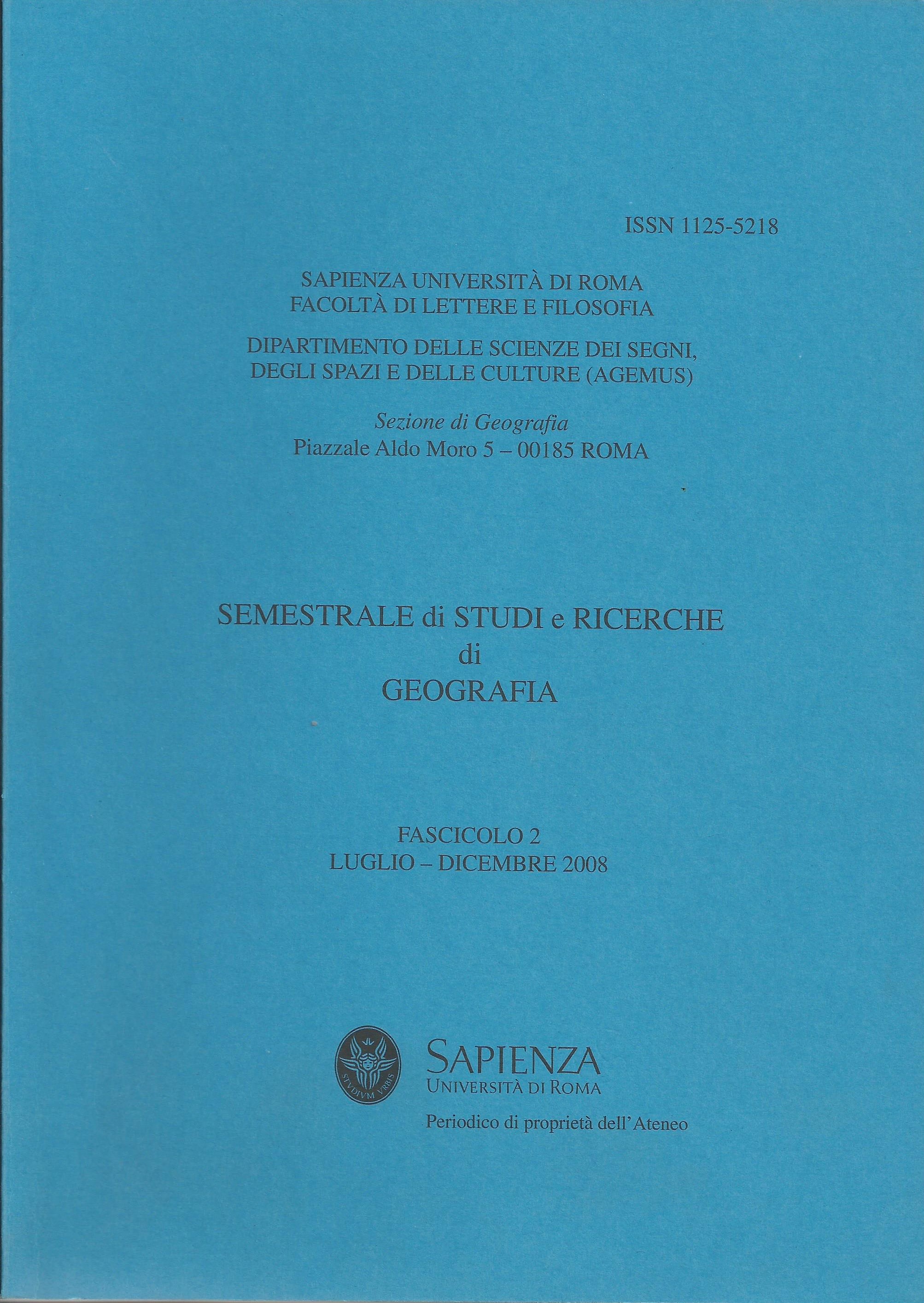GIS e analisi spaziale dei fenomeni immigratori. Metodi e casi di studio
DOI :
https://doi.org/10.13133/1125-5218.15306Résumé
The paper is focused on the use of GIS and spatial data to study the characteristics of immigrant population with particular reference to their spatial distribution and their tendency to cluster in certain parts of a city, with the risk of generating ethnic enclaves or ghettoes. Methods used in the past to measure segregation and other characteristics of immigrants have long been aspatial, and therefore did not consider relationships between people within a city. In this paper attention is given to methods of analysing the residential immigrant distribution spatially, with particular reference to segregation indices and density-based methods. The analysis focuses on the Municipality of Trieste (Italy) as a case study to test different methods for the analysis of immigration, and particularly to compare traditional indices, such as Location Quotients and the Index of Segregation, to different, spatial ones, both based on Kernel Density Estimation functions, such as the S index.
L’article se concentre sur l’utilisation du GIS et des données spatiales
pour étudier les caractéristiques de la population immigrante, notamment
sa répartition spatiale et sa tendance à se regrouper dans certains
secteurs de la ville, au risque de créer des enclaves ou des ghettos ethniques. Les méthodes utilisées autrefois pour mesurer les phénomènes
de ségrégation et les autres caractéristiques des immigrants ontlongtemps été non spatiales, et ne tenaient donc pas compte des relations entre les gens au sein d’une ville. Cet article attire l’attention sur les méthodes d’analyse de la distribution spatiale du logement immigrant, en référence notamment aux indices de ségrégation et aux méthodes basées sur la densité. L’analyse s’intéresse surtout à la Municipalité de Trieste (Italie) qui sert de cas type pour tester différentes méthodes d’analyse de l’immigration, et en particulier pour comparer les indices traditionnels, comme les Quotients de Localisation et l’Index de Ségrégation, et les indices spatiaux fondés à la fois sur les fonctionsd’Estimation de la Densité par la méthode du Noyau (Kernel Density Estimation) et l’index S.
Téléchargements
Numéro
Rubrique
Licence
Gli autori che pubblicano su questa rivista accettano le seguenti condizioni:- Gli autori mantengono i diritti sulla loro opera e cedono alla rivista il diritto di prima pubblicazione dell'opera, contemporaneamente licenziata sotto una Licenza Creative Commons - Attribuzione che permette ad altri di condividere l'opera indicando la paternità intellettuale e la prima pubblicazione su questa rivista.
- Gli autori possono aderire ad altri accordi di licenza non esclusiva per la distribuzione della versione dell'opera pubblicata (es. depositarla in un archivio istituzionale o pubblicarla in una monografia), a patto di indicare che la prima pubblicazione è avvenuta su questa rivista.
- Gli autori possono diffondere la loro opera online (es. in repository istituzionali o nel loro sito web) prima e durante il processo di submission, poiché può portare a scambi produttivi e aumentare le citazioni dell'opera pubblicata (Vedi The Effect of Open Access).


